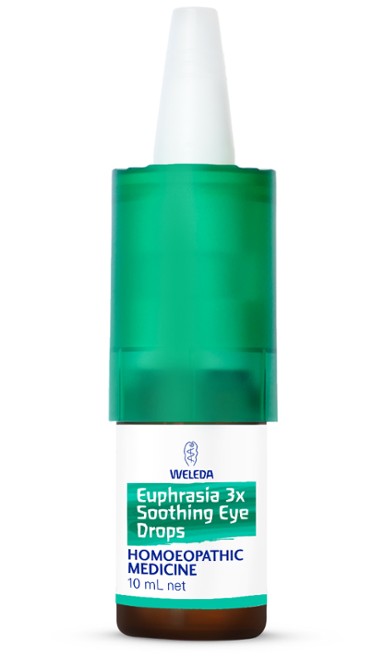
Herbs for Eye Health
Euphrasia, Malva sylvestris and Calendula are not only a beautiful sight. These herbs are also valued as natural remedies for eye health.
With their colourful flowers, these herbs are a beautiful sight, blooming on meadows and sunny slopes. The herbs are also valued as natural remedies for eye health.
Euphrasia, also called eyebright, is a dainty meadow flower.
It grows 10 to 30 centimetres tall in dry, unfertilized meadows and pastureland in regions as high as 2,300 metres above sea level. Its small leaves have jagged, toothy edges, while the flowers are white with a yellow spot and purple streaks radiating from the centre. In order to survive, the plant absorbs mineral-rich nutrients from the roots of nearby grasses through specialized root-like appendages, or “sucking roots”, called haustoria. The plant has been used for centuries to treat eye complaints.
The wild mallow, Malva sylvestris
One of the earliest known cultivated plants and is now found almost everywhere in the world. The plant grows up to one metre high, forming round, lobed leaves. Its pink flowers have five petals each with dark stripes. Wild mallow has moisturising and soothing properties. Even in times of drought, the plant has a high mucilage content, making it a model for both moisture penetration and stability.
Calendula, also known as pot marigold
This plant is a common garden plant known for centuries as an herbal remedy for the treatment of wounds. Calendula has an anti-inflammatory effect and promotes the formation of new tissue. The plant belongs to the Asteraceae or Compositae family. Throughout the summer months, the calendula blooms and forms new leaves even as it begins to produce seeds. It is a heliotrope, following the course of the sun with its bright orange composite flowers. In them, an energetic life force concentrates and finds structure.















